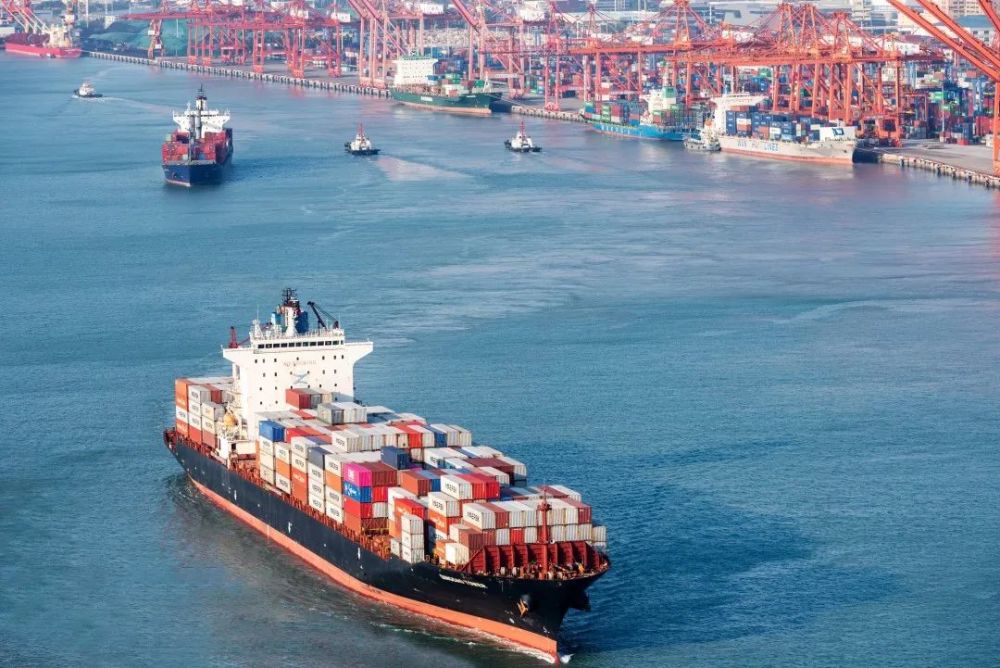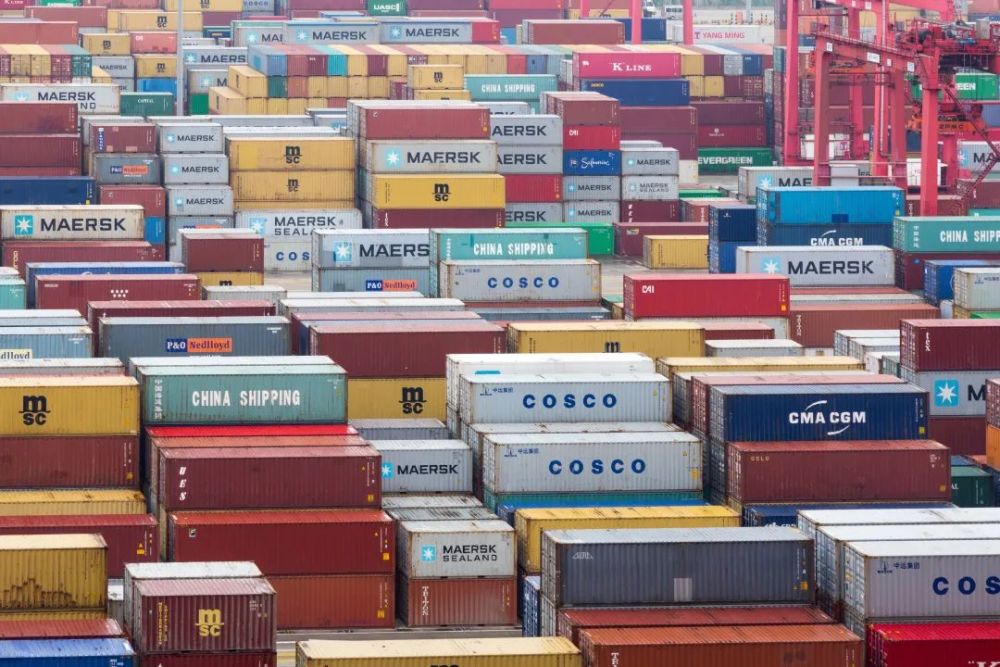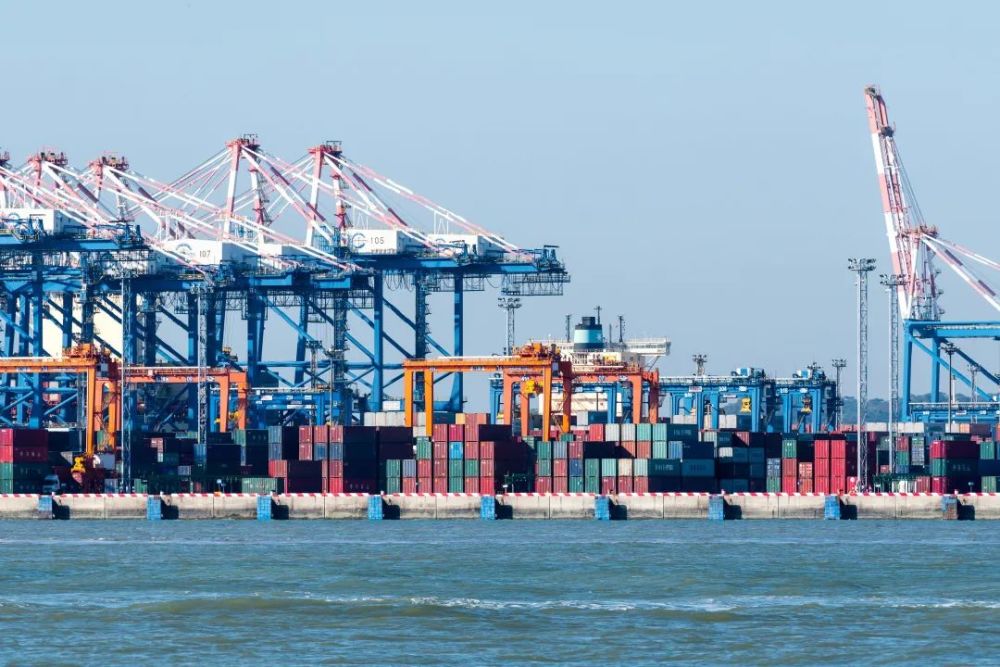The Port of Oakland loads and discharges more than 99% of the containerized goods moving through Northern California. Oakland’s cargo volume makes it the eighth busiest container port in the United States based on Calendar Year 2020 data. In 2020, about 76% of Oakland’s trade was with Asia. Europe accounted for 14%, Australia/New Zealand and Oceania about 3%, and other foreign nations about 2%. About 5% of Oakland’s trade is domestic (primarily Hawaii). California’s three major container ports carry approximately half of the nation’s total container cargo volume. The Port of Oakland is the major sea port for Leoco to import goods into Northern America.
Growing pressure to ease port congestion and restore transportation fluidity to U.S. supply chains has been building since early summer as record numbers of ocean vessels line the California coast waiting to berth and containers sit in overflow yards waiting to be delivered.
As the supply chain crisis of bottlenecks endures, steamship lines and drayage providers have already announced fees, such as the “port congestion surcharge,” leading into peak season holiday shipping. The triple increasing shipping cost has no doubt to impact the unit price of Leoco’s product.
The Port of Los Angeles announced that it’s going to begin operating 24 hours a day, 7 days a week,” in order to speeding up the movement of materials and goods through the supply chain. The Port of Oakland is still operating as 9:00am to 5:00pm. Definitely, it’s a big national goal to ease this port congestion as soon as possible.











